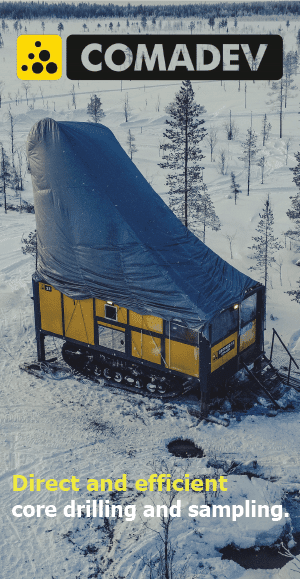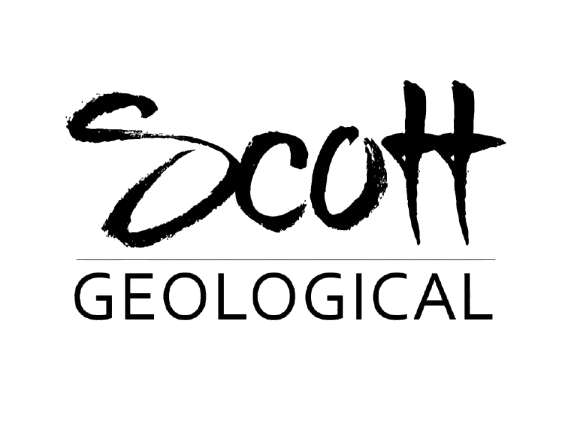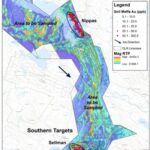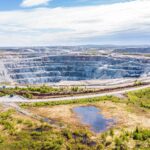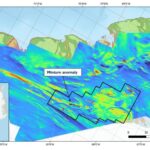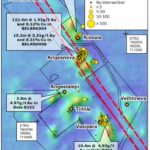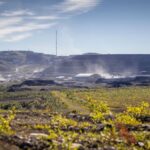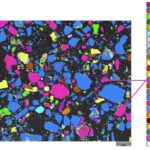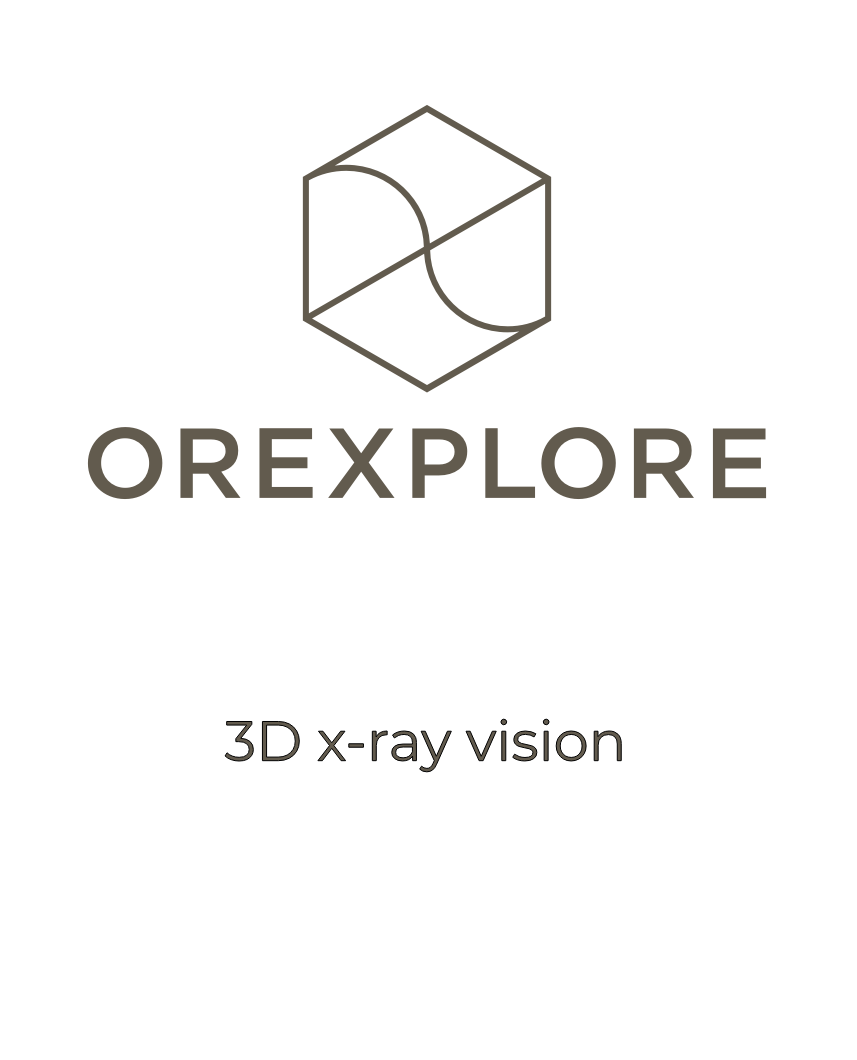In this article we’ll take a closer look at one of Endomines’ recent discovery in Eastern Finland. Following the publication of a series of promising drill intercepts in recent months, I wanted to evaluate whether the company might be on the verge of a more significant find. To assess this potential, I gathered all publicly available data and created a detailed 3D model using Leapfrog.
The initial part of this article is free to access; however, the in-depth analysis and the Leapfrog model will be available exclusively behind a paywall. Moving forward, I plan to release similar premium content every 10 to 14 days, offering detailed evaluations of early-stage projects. This approach allows me to dedicate more time to project assessment—an area of work I deeply enjoy.
If you’re looking for even more exclusive insights or access to my Leapfrog models, please get in touch or have a look at my website, where I’ve outlined my approach and vision in greater detail.
Endomines – A new mid-tier gold producer in the making?
Discovered in 2022, the Kartista prospect is located at the northern end of the so called “Karelian Gold Line” in Eastern Finland, within just a few kilometers of the Russian border. As most of the prospective ground in the belt, the Kartitsa prospect is controlled by Endomines, a Finnish public company that currently operates the Pampalo and Hosko gold mines, producing a total of 12,790oz in 2023. With the location of the Pampalo mine and mill pretty much in the center of the 40km long belt and spare feed capacity of the mill, the company is working towards higher production rates with feed from multiple, smaller, gold deposits that are already known to occur along the belt (generally in the 10k’s – 100k’s oz range). Already controlling multiple deposits with a combined resources and reserves of 342 500oz (31.12.2023), the company aims to reach a million ounces in resources to move them to the next size category of gold producers. To get there, exploration efforts have been ramped up over the last years. In addition to brownfield work around the known gold occurrences, the company also started greenfield exploration along the belt. In 2022, this resulted in the discovery of the Kartitsa gold mineralization at the northern end of the belt.
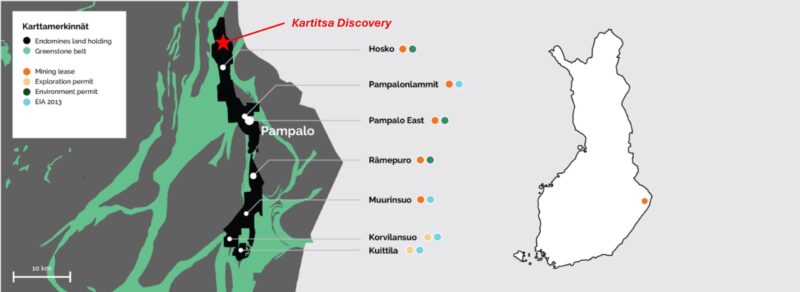
The Kartitsa Discovery
From what I can gather from the public data, the mineralization was only discovered in 2022, as a direct result of Endomines exploration efforts in the area and part of the company’s larger scale exploration program along the Karelian gold line in the summer of 2024.
The initial drilling consisted of a fan of four drill holes for a total of 400m, targeting the contact between a granite and surrounding shists (see yellow dashed line in the graphic below). All holes intersected anomalous gold mineralization but notably hole KA-03 returned 2m @ 2.7g/t Au, including 1m @ 4g/t Au. Without having more insights, I’d assume that the company had some kind of structural or other geological model that led them to successfully target this contact.
The initial hit was followed up with a larger BOT program in 2023. The program continued to target the contact of the granitoid with the shales and consisted of a total of 2062 samples and was successful in identifying a more than 2km long anomalous area, extending mostly to the north of the initial intercepts. Underlying drone mag data further indicated some correlation with N-S trending magnetic features.
Using the base of till and geophysical data as base for refined drill targeting, the rig was brought back in in spring 2024. Initially, 12 holes, for a total of 2099.65m were drilled to test the central, elongated magnetic features that aligns with the area’s most anomalous BOT data.
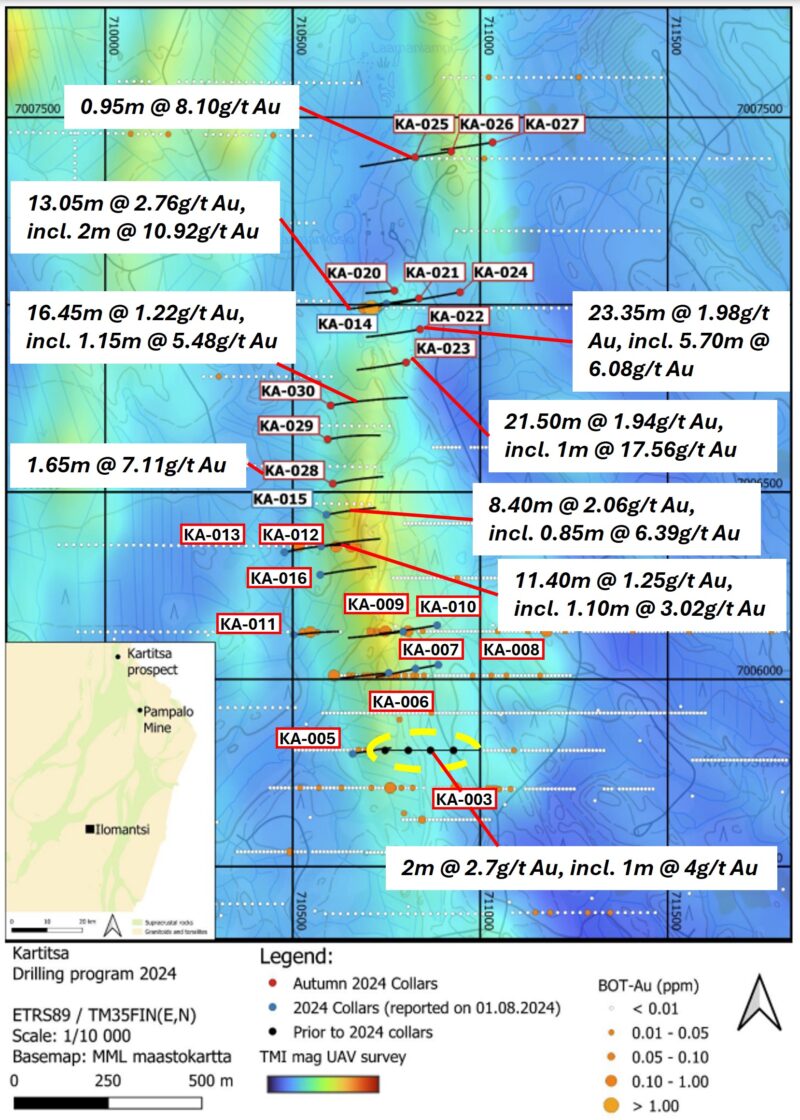
While almost all holes intersected gold mineralization, the northernmost area returned the most promising results, returning for example 13.05m @ 2.76g/t Au, including 2m @ 10.92g/t Au in drill hole KA-014 or 8.40m @ 2.06g/t Au, including 0.85m @ 6.39g/t Au in drill hole KA-015.
As this drilling program resulted in a 500m long gap between the best intercepts (KA-014 & KA-015), the company decided to waste no time and follow up with an additional 2155 meters to fill in as well as to continue exploring further to the north.
Although the entirety of the 500m gap does not appear to be continuously mineralized, the results where rather promising, with holes 22 (23.35m @ 1.98g/t Au, incl. 5.70m @ 6.08g/t Au), 23 (21.50m @ 1.94g/t Au, incl. 1m @ 17.56g/t Au) and 30 (16.45m @ 1.22g/t Au, incl. 1.15m @ 5.48g/t Au) indicating a lens of some 280m of continuous mineralization south of hole 14.
Drilling also intersected more gold mineralized another 380m to the north, returning for example 0.95m @ 8.10g/t Au in drill hole KA-025, adding to the future exploration potential of the area.
Geology
According to the press releases, the mineralization at Kartitsa appears generally associated with pyrite/pyrrhotite and magnetite, sits in the supracrustal rocks (sediments and volcanics) next to the granitoid and appears linked to strong potassic alteration (biotite/microcline).
Interestingly, the 280m long zone of continuous mineralization appears to be void of magnetite and exclusively linked to mafic volcanics associated with strong carbonate alteration in addition to the also here present potassic alteration.
Leapfrog Model
Moving over to the fun part. Thick and decent grade intercepts together with indication of continuous mineralization over more than 250m sounds pretty good. The question is how good? Are we talking about 10 000 oz, 100 000koz or more? Is the mineralization still open? To which depth has it been defined? Is there anything else to consider? These questions are best answered by taking everything from 2D to 3D….
The following part of the article is for paid subscribers only. Please have a look at our Substack page or get in touch if you are interested in making us part of your project evaluation team.
/TheNorthernExplorer

